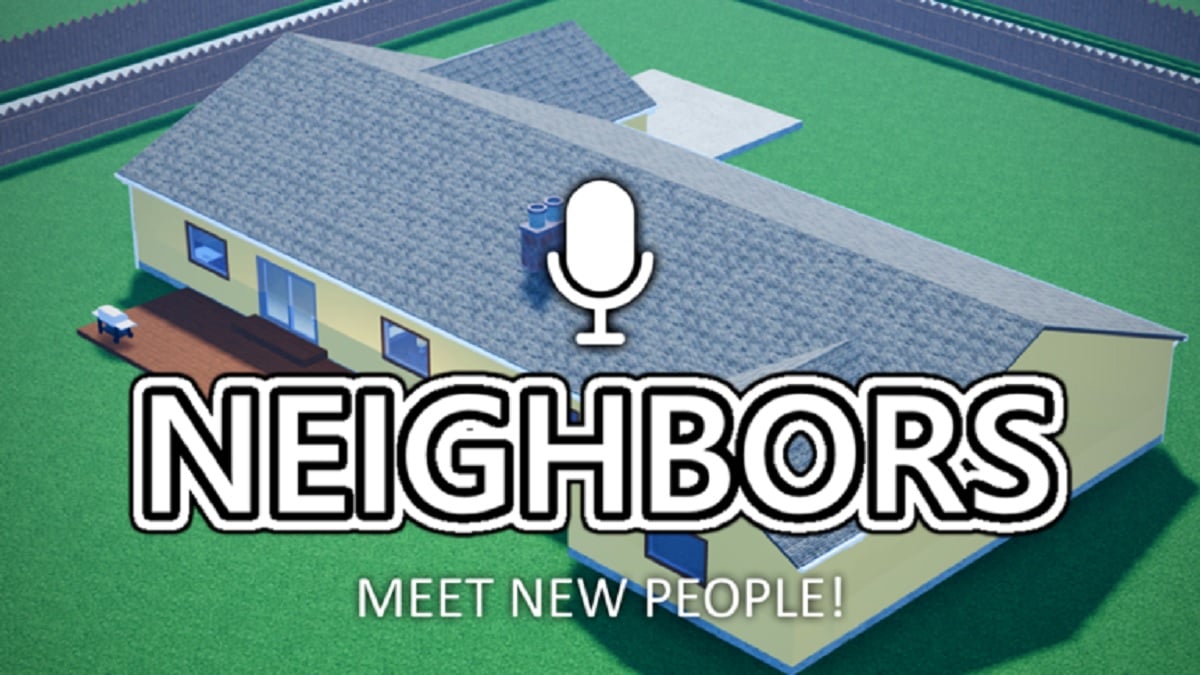One of the biggest challenges when reviewing games is how to balance out judging a title solely on its merit, while being cognizant of how it stacks up to comparable titles. Windborne is the latest game in the sandbox game genre, and comparisons to Minecraft are inevitable. There are a number of ways in which it operates in a virtually identical manner to the 100 million seller, and while it attempts to push in new directions the question remains; does it succeed? Well, that depends. On one hand, it’s a robust and pretty sandbox playground that is practically begging you to make something amazing. On the other hand, it’s still very much in its early stages so there’s really no purpose to it beyond playing around with the environment and building things.

I love sandbox games for their ability to give you the chance to create almost literally anything, limited by only your imagination… I love them in theory, rather. The process of collecting, crafting, then recrafting has always felt tedious to me. Hidden Path Entertainment addresses this with the way items are procured in-game. Basically, you pick something up by right-clicking on what you’re pointing at, which activates a ‘pull’ mechanic. In Windborne, no tools or hand-chops are required in order to acquire even the most premium items, and it makes that part of the game less of a hassle from the start.
Windborne‘s randomly generated world is itself not a virtual planet, but rather a giant floating continent. This setting, evocative of BioShock Infinite‘s Columbia, is an interesting choice on the part of the developers for a couple of reasons; it is a unique environment in a well-trodden genre, and it allows resources to focus more on depth than breadth. At present, there’s only the option of building a small world, consisting of a variety of terrain to explore. As development progresses, the other world sizes will likely be added, so it remains to be seen just how huge they’ll be.

While I’ve logged more hours than I care to count into sandbox games, I’ve scarcely built anything more complicated than a simple wooden house, so I appreciated the tutorial provided in Windborne. When a world is created, the spawn point is a dragon statue where you can get mini quests designed to teach you how to play. It’s an ingenious addition, as it is there for newcomers who want to learn, but it is completely optional and can be ignored by seasoned players with no consequence. This is a bit of a backhanded compliment, but another benefit of the dragon statue and tutorials is that it gives you something to do when the appeal of wandering around wears off. The previous sentence, of course, leads into the fact that Windborne is a Steam Early Access game. What is being reviewed is still very much in its early stages, yet it is purchasable. This begs the conundrum that down the road, it could get much better, much worse, or it could be exactly what it is now. As always, you’re rolling the dice by purchasing this game.

With many indie games that are on sale at Steam Early Access, the going price tends to be around $10-$15. Windborne is listed at $29.99 for the basic version. Bear in mind that it’s more expensive than Minecraft and it’s still in development. Don’t get me wrong, this game definitely has its charms; I like its visual style, it’s easy to pick up and play, and there’s a lot of promise of it being so much more. At this point however, unless you’re really aching to play a new sandbox game in its primordial stage, the price tag is way too much to justify taking the plunge. Give it a few months however, assuming everything goes as planned, and Windborne may very well be the great leap forward in sandbox games that it currently only hints at.
Final Breakdown
[+Nice looking game] [+Streamlines material gathering] [+Decent tutorial] [+Will run on low-end PCs] [-Early Access] [-Expensive] [-Not much to do beyond wandering]













Updated: Jul 11, 2016 04:16 am